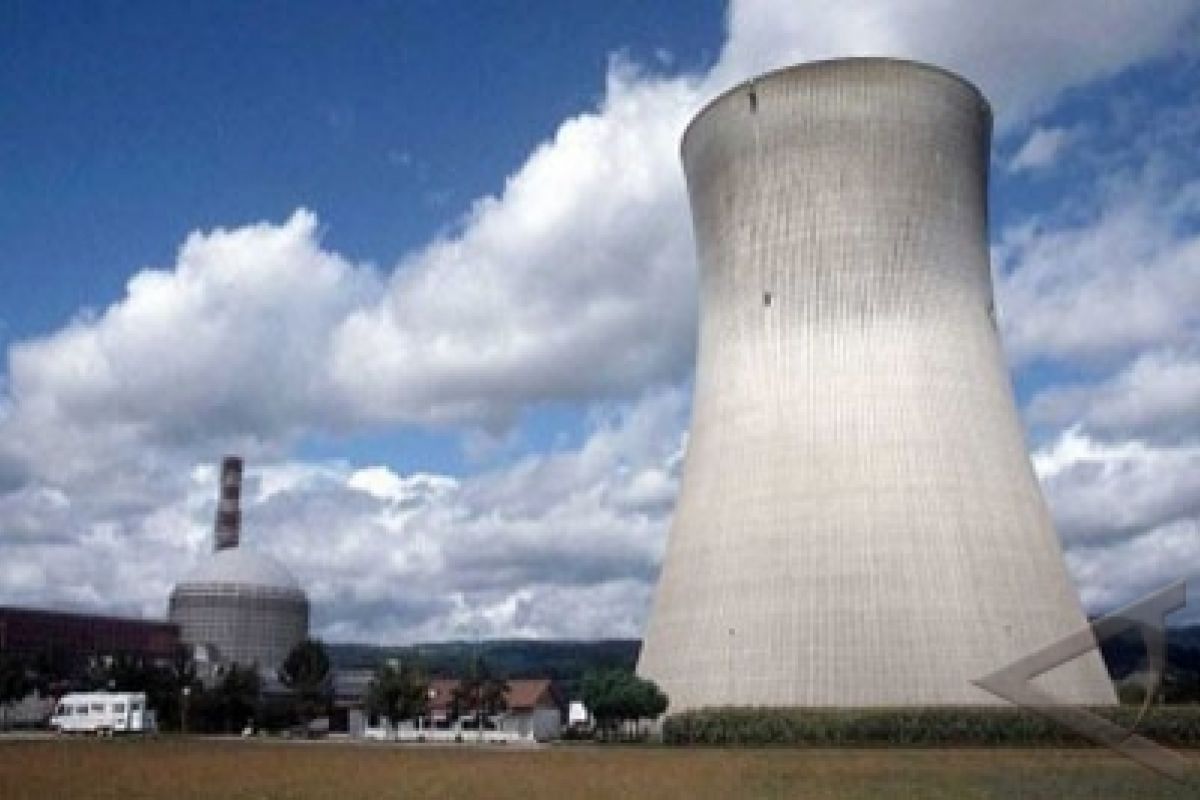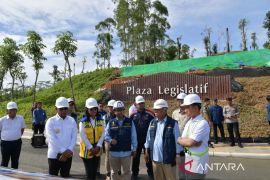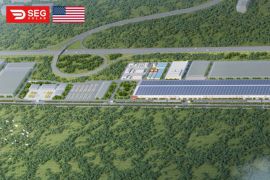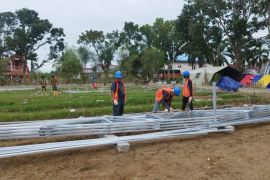Such quake-free areas are to be found in Kalimantan, Bangka Belitung and the northern parts of Java island, Irwan Meilono, a geodesics lecturer at the Bandung Institute of Technology (ITB), said here Tuesday.
"Japan`s nuclear reactor blast was caused by an earthquake, whereas I think most of Japan is quake prone," Irwan said.
Meanwhile, ITB nuclear expert Prof Dr Zaki Su`ud said all Japanese nuclear reactors were designed to survive earthquakes of magnitudes of up to 8.5. The explosion at the Fukushima plant was unexpected and it turned out last Friday`s earthquake in Japan had a magnitude of 9 on the Richter scale.
The disaster had also added to Japan`s electrical failure problems following the disaster that caused more than 900 deaths and more than 2000 missing.
The big earthquake struck on Friday (March 11) and severely damaged the power plant`s nuclear reactor main cooling unit, therefore operators released some gas off the terrace to reduce the pressure inside.
Most of the released gas were hydrogen which accumulated and caused an explosion after it was released, he said.
"The main challenge of the post nuclear reactor blast in Japan is to cool down the reactor and reduce the terrace gas pressure to a safe level," Zaki said.
In relation to the disaster, Indonesia is predicted to resume the building of a nuclear power plant at by 2018 or 2020, Irwan said.
Kalimantan, Bangka Belitung and Irian are some regions considered as potential areas to build a nuclear power plant.
(Uu.A050/HAJM/S012)
Editor: Priyambodo RH
Copyright © ANTARA 2011












